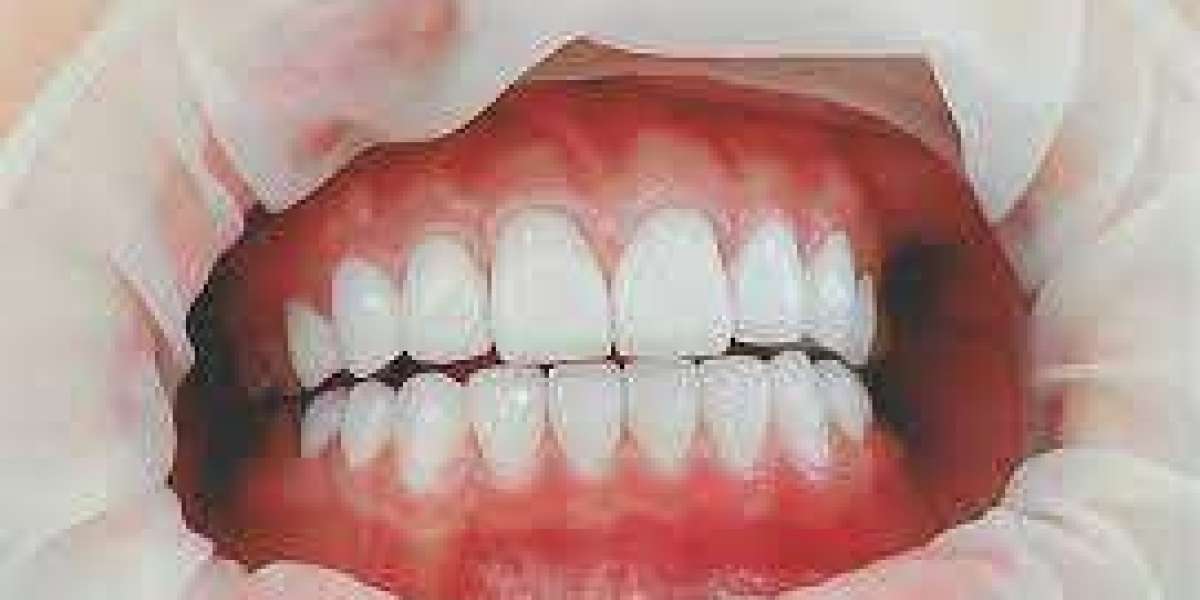Door hardware plays a subtle but vital role in the usability and aesthetics of cabinets, closets, gates, and enclosures. Whether for commercial, residential, or industrial settings, selecting the right door catches directly affects performance, security, and ease of use. From cabinets that need discreet closure to gates requiring firm contact, door catch selection is more than just a matter of fit.
Among the most common types of door latches, magnetic and roller catches stand out for their versatile applications. While gate latch hardware, slide latches, and cam locks have their place, magnetic and roller catches are often chosen for concealed or friction-based solutions. Each comes with its own set of advantages and limitations, which are critical to understand before choosing the right component for the job.
What Are Magnetic Door Catches?
Magnetic door catches use a magnet—usually mounted to the cabinet frame—and a metal plate attached to the door. When the door is closed, the magnet attracts the plate, keeping the door in place with a light to moderate holding force. These catches are typically surface-mounted or recessed into cabinetry, making them suitable for furniture, closet doors, and lightweight access panels.
They are appreciated for their quiet operation and minimalist appearance. Magnetic catches do not require moving parts, making them reliable for long-term use.
What Are Roller Door Catches?
Roller door catches rely on spring-loaded rollers or ball bearings to hold a door shut. As the door closes, it pushes past the roller mechanism, which then holds it in place by tension. These are often used in conjunction with knobs or levers that allow users to pull the door open without a latch.
Roller catches are commonly installed in closet doors, utility enclosures, and some lightweight gate setups. Their design allows for adjustable tension, which can be tuned depending on the door’s weight and usage frequency.
Magnetic Door Catches: Pros & Cons
Pros
- Quiet closure: No mechanical clacking or snapping when the door closes.
- Low maintenance: No springs or moving parts to wear out over time.
- Aesthetic appeal: Often hidden or flush-mounted, maintaining clean design lines.
- Versatile: Works well with both wood and metal doors.
Cons
- Limited holding power: Not suitable for heavy or high-traffic doors.
- Reduced effectiveness near ferrous materials: Metal frames may interfere with magnetic strength.
- Requires precise alignment: Misalignment reduces effectiveness and may cause rattle.
Roller Door Catches: Pros & Cons
Pros
- Adjustable tension: Can be customized for different door weights and usage patterns.
- Moderate holding strength: Suitable for slightly heavier doors than magnetic catches.
- Reliable engagement: Springs and rollers provide tactile feedback upon closure.
Cons
- Noise factor: Can create an audible snap when the door closes or opens.
- Wear and tear: Moving parts like springs and rollers may degrade over time.
- Installation complexity: Requires careful alignment for optimal performance.
Key Differences Between Magnetic and Roller Catches
- Mechanism: Magnetic catches use a magnetic field; roller catches use mechanical tension.
- Noise level: Magnetic catches are quieter; roller catches are more audible.
- Durability: Magnetic catches have fewer components, reducing wear risk. Roller catches contain moving parts that may require replacement.
- Holding force: Roller catches can be tuned for greater retention, while magnetic catches offer consistent but lighter holding strength.
- Application fit: Magnetic catches suit lightweight doors and modern aesthetics, while roller catches fit better in traditional, utility, or high-use environments.
When to Use Each Type Based on Application
- Residential Cabinets: Magnetic catches are ideal for kitchen or vanity doors, especially when subtlety and silence are valued.
- Closet and Wardrobe Doors: Roller catches offer better tension and durability, especially for full-length or bi-fold doors.
- Utility Closures: Roller mechanisms provide firm engagement and are less sensitive to alignment issues.
- Lightweight Access Panels: Magnetic catches deliver easy open-close functionality without the need for additional latching.
- Interior Gate Panels or Partitions: Roller catches are more suitable due to their adjustable tension and secure hold, though gate latch hardware or slide latches may be more appropriate for heavier gates.
Final Thoughts on Door Catch Selection
Selecting between magnetic and roller catches depends on multiple variables—door weight, frequency of use, aesthetic requirements, and environmental conditions. Each offers distinct benefits, and understanding their differences helps ensure long-term performance and reduced maintenance.
TCH provides a wide range of door catches, slide latches, and gate latch hardware built to meet industrial, commercial, and residential requirements. Explore quality solutions today at TCH—where reliability meets precision hardware.



